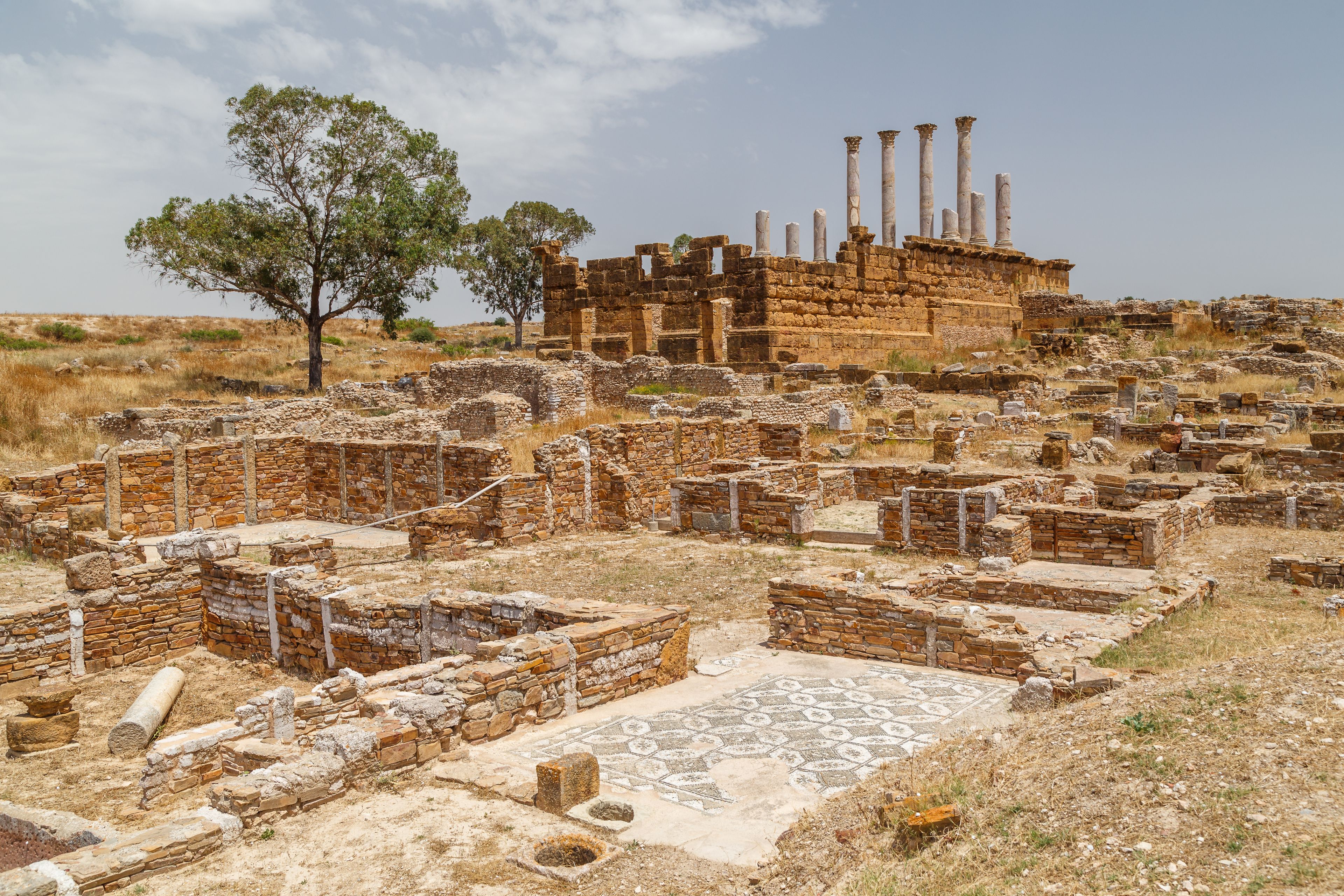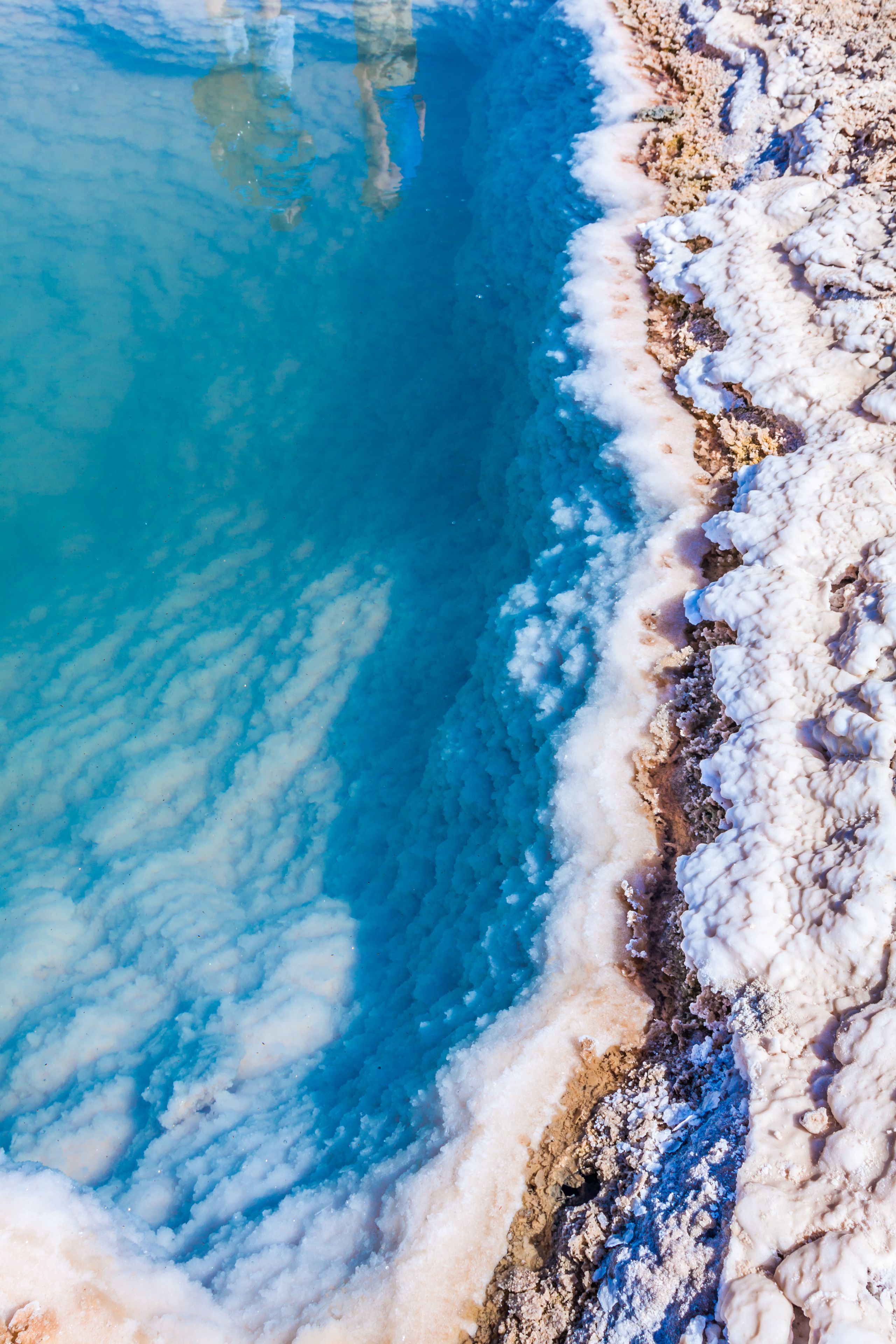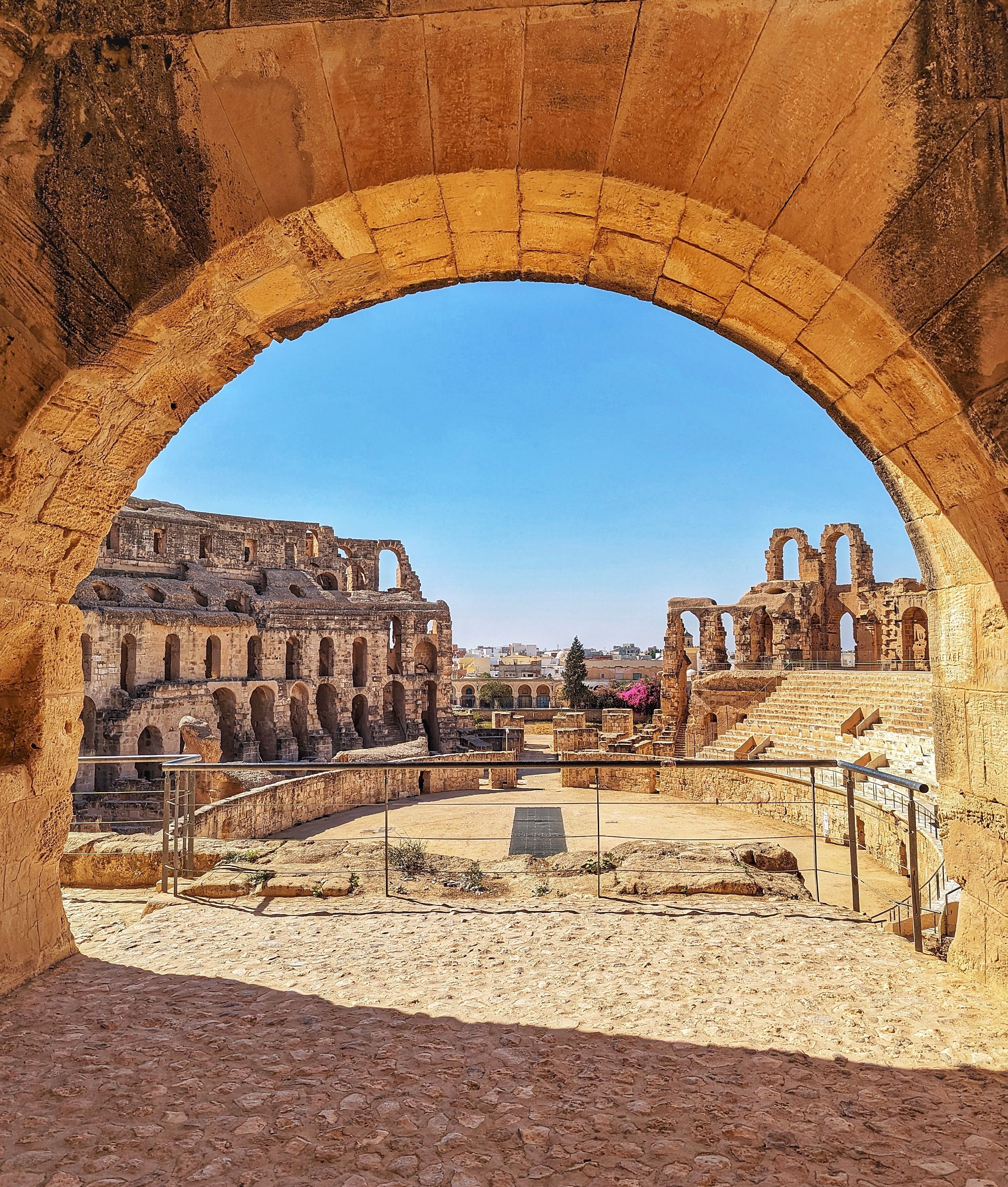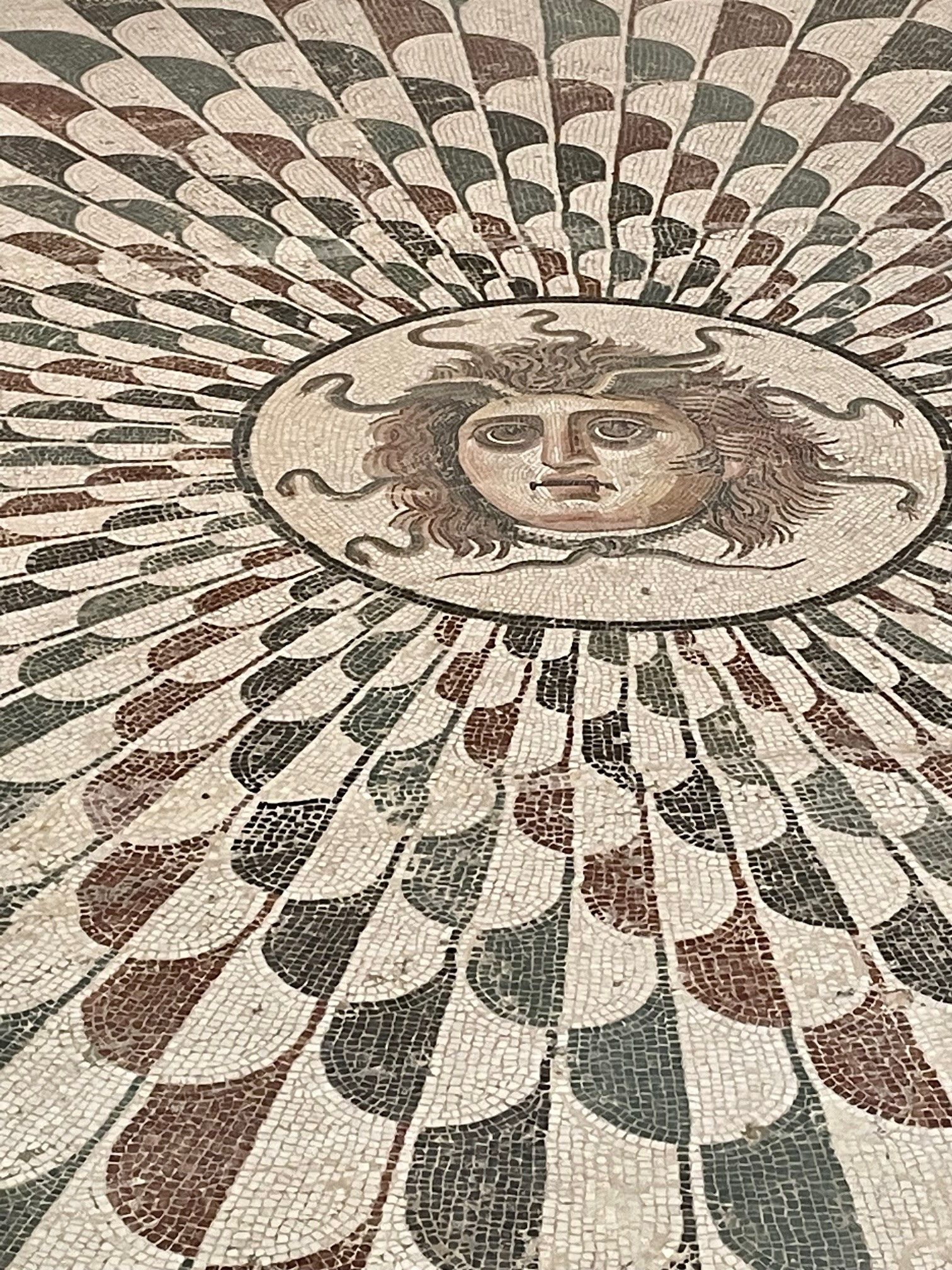Tunisia - North & South

Summary
Carthage to the edge of the Sahara
Tunisia has some of the finest and best-preserved Roman cities in the world. Many retain the romance of ruins in the countryside, unnoticed and unspoiled by mass tourism. Starting with Carthage and the early Punic colonies, we travel south through ruined towns of the high Roman Empire, where impressive public monuments and houses decorated with brightly coloured mosaics bear witness to the wealth once enjoyed here. We also see the highlights of Islamic culture in Kairouan before continuing to the landscapes of the salt chotts, palm oases and dunes of the south where some remarkable architecture shows how people adapted to conditions at the edge of the desert.
What to Expect
- Enjoy a thorough exploration of Tunisia’s historical sites from ancient Carthage and Rome to fortified Berber villages
- Traverse the salt plains of the chotts - the visual effect of this vivid white landscape is dazzling, with the salt blown into unusual shapes by the desert wind
- Explore the mosques and medinas of Kairouan’s rich architectural and heritage
- Discover a treasure trove of Roman mosaics remarkable for their intricate beauty of their figural and floral design




